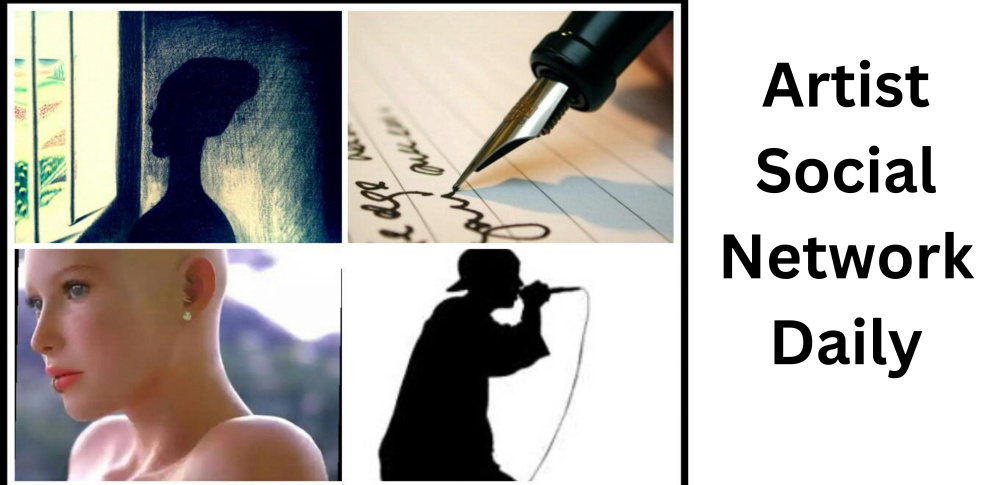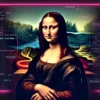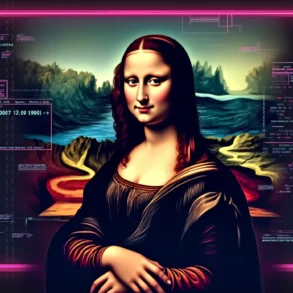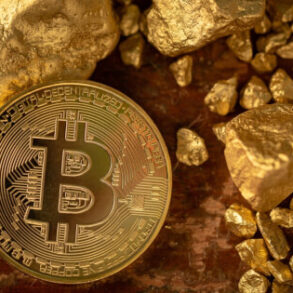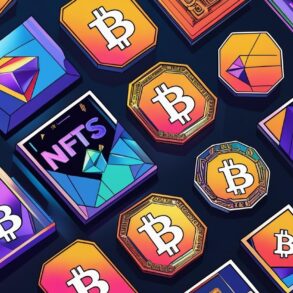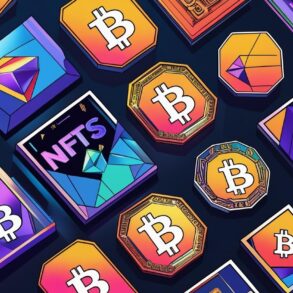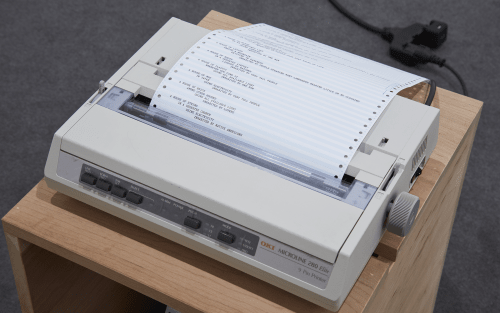
An NFT can, however, also be connected with an artwork stored on a blockchain. In simple terms, a blockchain is like a shared digital notebook that keeps a permanent, secure record of information. It comprises a chain of blocks, each of which can be thought of as a page in the notebook, and it is accessible to a large group of people via a network of computers. Each block, or ‘page,’ contains a list of transactions and/or other data, such as image files or texts, which can include links to NFTs. When one block is full, a new block, or another ‘page,’ is added. Once a block is added to the chain, it cannot be changed, ensuring transparency, permanence, and accurate records. So, when an artwork is stored on a blockchain, it is permanently there.
Yet just because an NFT is involved does not mean the work lives only online. Like Anadol and his series of prints, many other artists, including Urs Fischer, Daniel Arsham, and Sarah Meyohas combine NFTs with physical artworks. The first time Jehan Chu acquired a piece of digital art, he actually bought a painting: Christie’s was auctioning Robert Alice’s Block 21 (42.36433° N, -71.26189° E) (2019), from his ‘Portraits of a Mind’ series. From afar, the circular work appears like a target with its bullseye cut out. Upon closer inspection, one notices thousands of letters and numbers, with 32 gold-leaf-encrusted digits hidden among the mass. It is one of 40 such paintings, which together feature the 12.3 million digits of code that first launched Bitcoin technology in 2009 Chu, who had previously worked at Christie’s as a developer and then cofounded the blockchain investment and trading firm Kenetic, advised Alice to attach NFTs to the paintings – and he then bought the painting at auction accompanied by an NFT.
This post was originally published on this site be sure to check out more of their content
